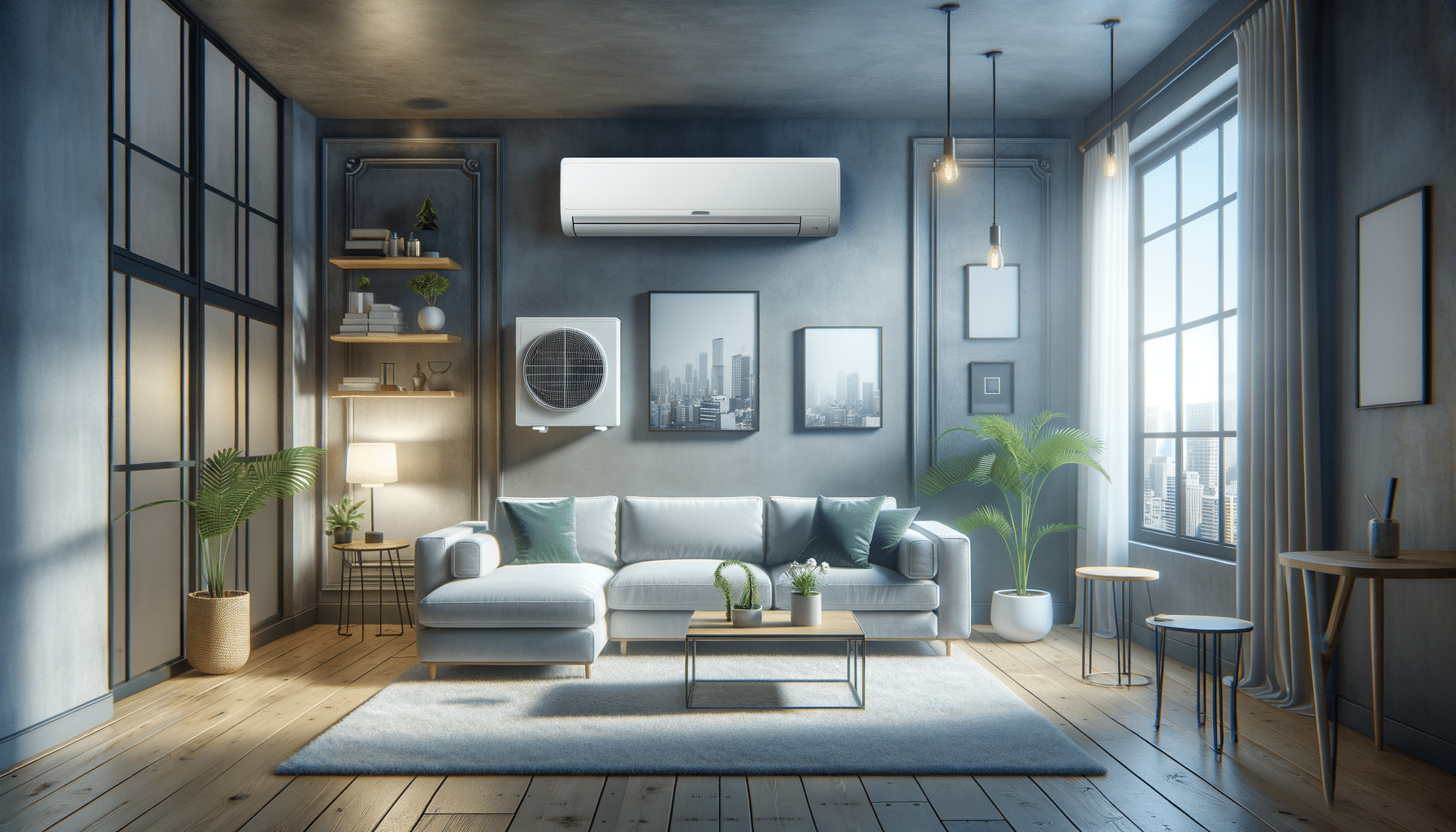
Where to Buy Affordable and Efficient Ductless Air Conditioners
Introduction to Ductless Air Conditioners
Ductless air conditioners, often referred to as mini-split systems, have become increasingly popular due to their energy efficiency and ease of installation. Unlike traditional HVAC systems, ductless units do not require extensive ductwork, making them an ideal choice for retrofitting in older homes or adding air conditioning to specific rooms. This article explores the advantages of ductless air conditioners, how they work, and where to find affordable and efficient options.
How Ductless Air Conditioners Work
Ductless air conditioners consist of two main components: an outdoor compressor and an indoor air-handling unit. These units are connected by a conduit that houses the power cable, refrigerant tubing, and a condensate drain. The system works by drawing in warm air from the room, cooling it using the refrigerant, and then circulating the cooled air back into the space. This process is efficient and can be controlled independently in different rooms, providing customized comfort.
Key benefits of ductless air conditioners include:
- Energy efficiency: Ductless systems can significantly reduce energy consumption compared to traditional systems.
- Flexibility: They offer zone-specific cooling, allowing users to cool only the areas in use.
- Easy installation: Without the need for ductwork, installation is quicker and often less disruptive.
Advantages of Ductless Systems Over Traditional HVAC
One of the primary advantages of ductless systems is their energy efficiency. Traditional HVAC systems can lose up to 30% of energy through ductwork, especially if the ducts are not well-sealed or insulated. Ductless systems eliminate this loss, ensuring that more of the energy consumed is used for cooling.
Furthermore, ductless systems provide improved indoor air quality. Traditional systems can circulate dust, allergens, and other pollutants through the ductwork. In contrast, ductless systems use multi-stage filtration to reduce dust, bacteria, and allergens in the air.
Another advantage is the flexibility in design and placement. Ductless systems can be installed in various configurations, including wall-mounted, ceiling-recessed, or floor-standing units, allowing for greater design freedom in a home or office setting.
Where to Buy Affordable Ductless Air Conditioners
When looking for affordable ductless air conditioners, it’s essential to consider both the initial purchase price and the long-term energy savings. Many home improvement stores and online retailers offer a wide range of ductless systems. It’s advisable to compare prices and check for any available discounts or promotions.
In addition, some utility companies offer rebates or incentives for installing energy-efficient systems, which can further reduce the overall cost. It’s also worth consulting with HVAC professionals who can provide recommendations based on specific needs and budget constraints.
Considerations when purchasing include:
- Size of the area to be cooled: Ensure the unit’s capacity matches the room size.
- Energy efficiency ratings: Look for units with high SEER (Seasonal Energy Efficiency Ratio) ratings.
- Brand reputation and warranty: Choose units from reputable manufacturers with solid warranties.
Conclusion: Making an Informed Decision
Choosing a ductless air conditioner involves weighing the initial costs against potential energy savings and comfort benefits. With their growing popularity, ductless systems are now more accessible and affordable than ever. By understanding how these systems work and where to purchase them, homeowners can make informed decisions that enhance their living environment while being mindful of energy consumption.
Ultimately, ductless air conditioners offer a blend of efficiency, flexibility, and cost-effectiveness, making them a compelling choice for modern cooling solutions.


